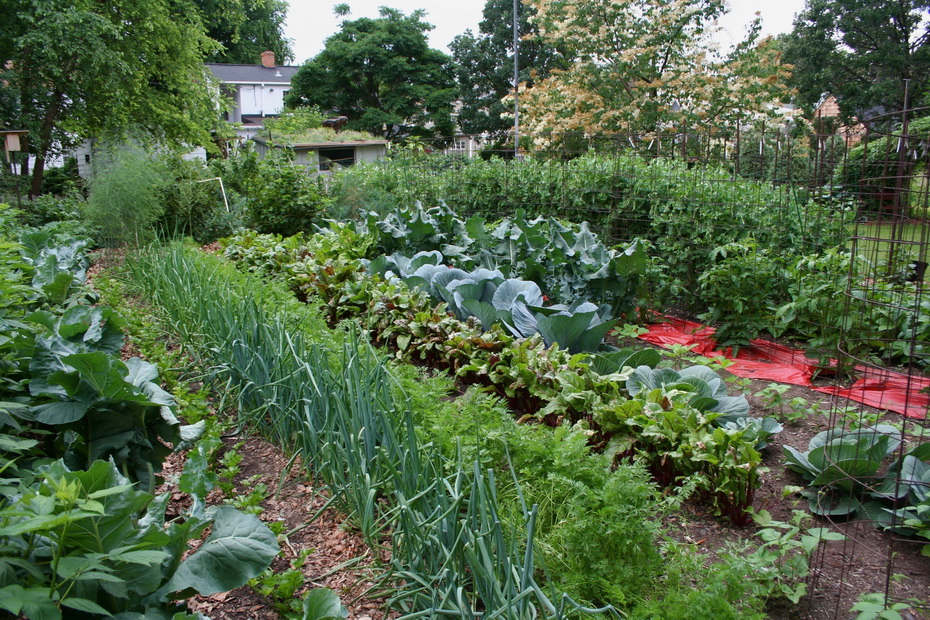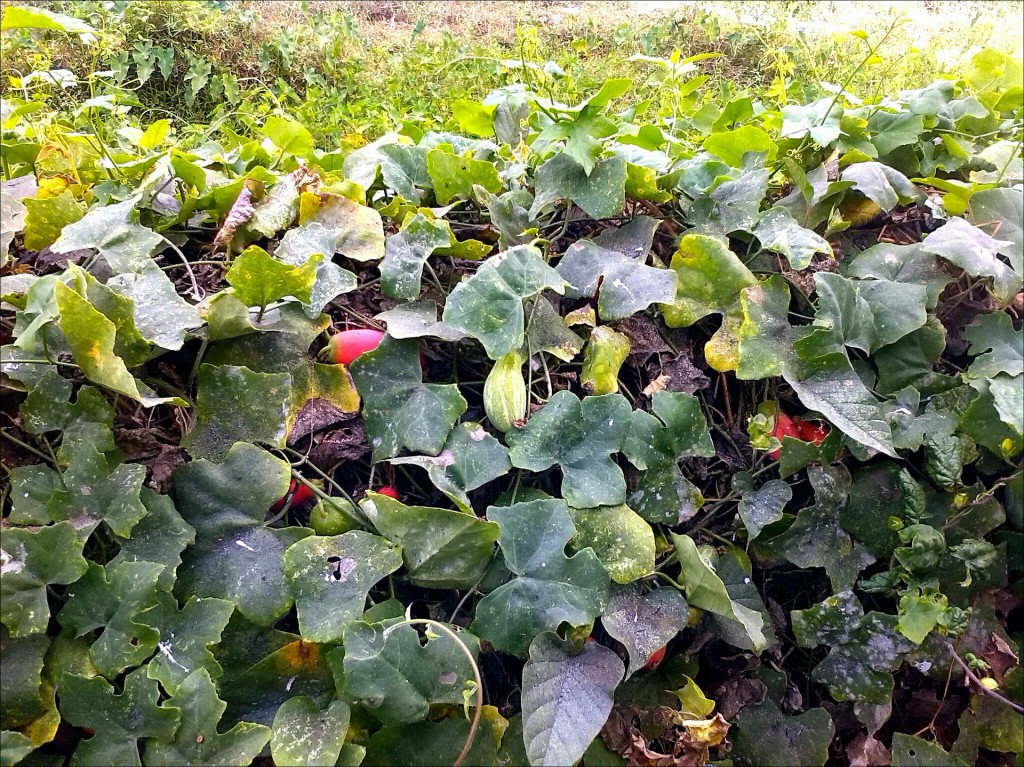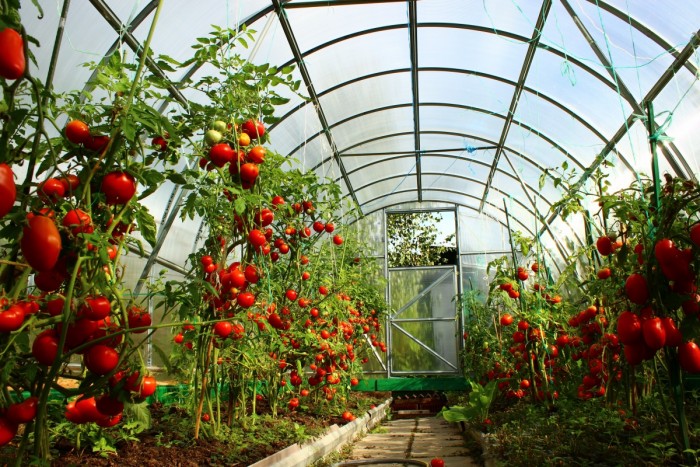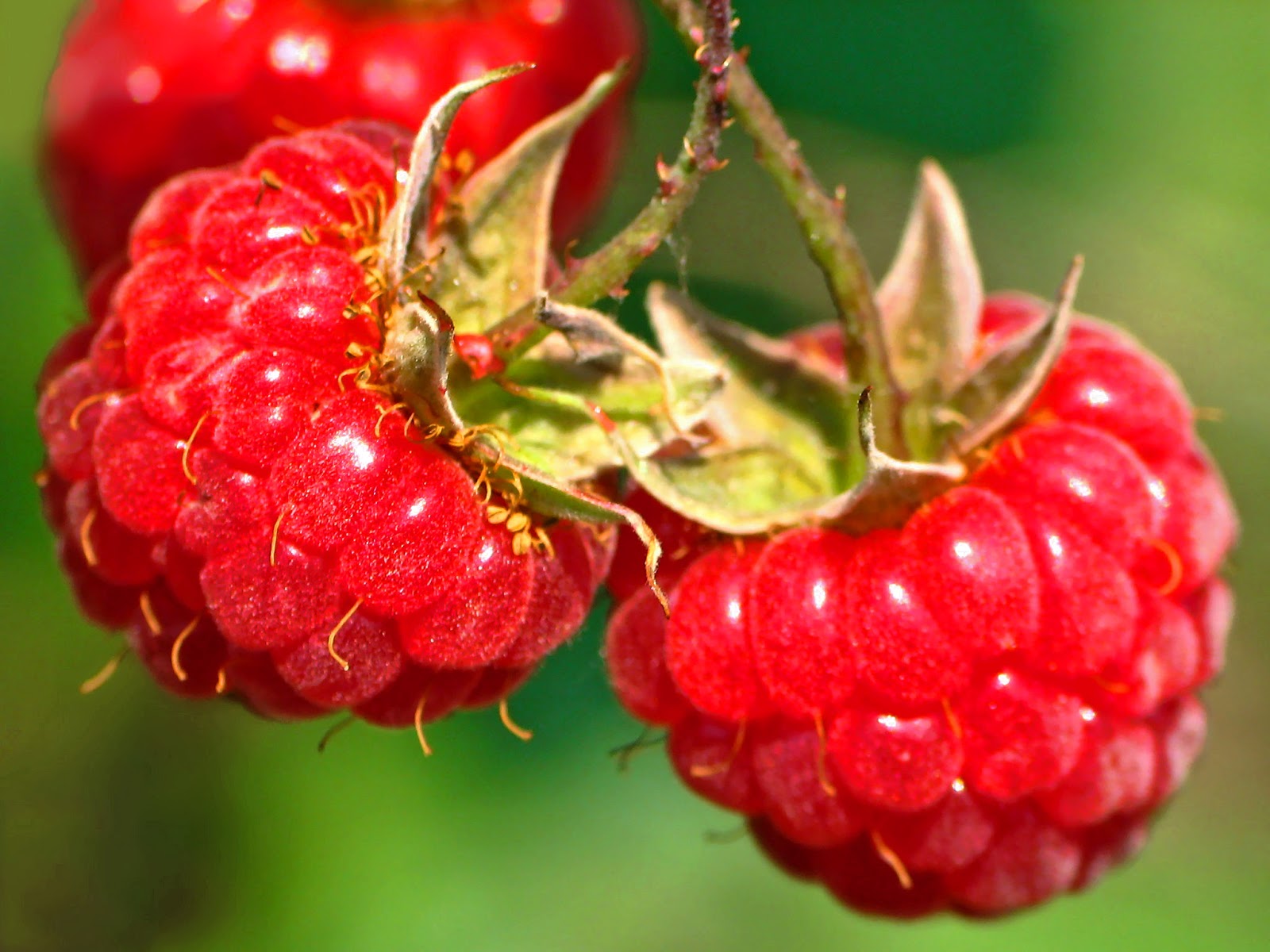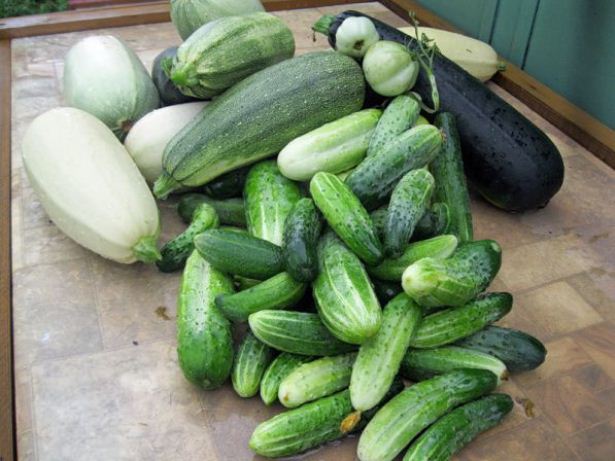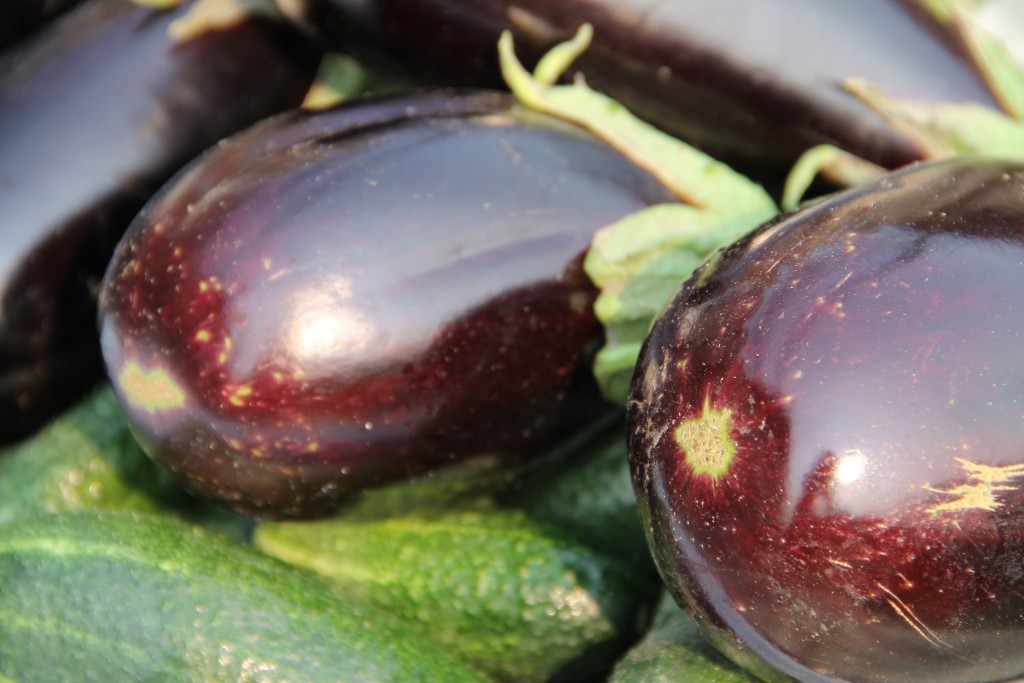Content:
Why is a neighbor's potatoes yielding, but worse on his plot with the same care? How does this culture develop, and what, in addition to traditional agrotechnical methods of cultivation, do you need to know so that the harvests are consistently pleasing?
Not all summer residents and gardeners know that plants, like other living things, have their own characteristics in development. The roots of a plant, their leaves secrete certain substances that interfere with the development of other plants, and can, on the contrary, improve growth and even protect against diseases and pests. There is such a successful neighborhood that even improves the taste of certain cultures.
And potatoes have their "friends", and there are unfortunate neighbors. Therefore, when choosing what to plant next to potatoes in the neighborhood, you need to remember about its negative and positive effects on other plants and how they themselves affect the potatoes.
Potatoes as a culture
Tuberous nightshade got the name “potato” from the Italian word “tarto”, “tartufolli”, which was explained by the similarity of the underground part of the plant with the fruit bodies of truffles. Later, the Germans formed their own version of the name, more similar to ours. In general, as you know, Peter the Great brought potatoes to Russia, and after several centuries this culture has become one of the most popular in the whole world. At present, more than half a thousand of its varieties are known, in our country it is recommended to grow half of them, including varieties of table, technical, and fodder.
The potato is a plant with a height of 30 to 150 cm, in which stolons develop on the part submerged in the ground - shoots that form tubers. Tubers can vary in color, size, weight, depending on the variety. The most gigantic tubers can reach a kilogram or more.
Which neighborhood is unacceptable and which is possible
So what can be planted next to potatoes, and what harms it and neighboring crops?
It is no coincidence that potatoes have to be given increased attention. Firstly, because planting it, as a rule, takes up a lot of space on the site. Therefore, the choice of what to plant between the rows of potatoes is very important. Properly thought-out placement will not only improve the quality of the potatoes, but also save space, make the plantings more compact, and the site will be used more efficiently.
When choosing a site for potatoes, you need to take into account the following parameters:
- illumination of the place - is the territory in the sun, partial shade or shade;
- the level of soil acidity - can be keel, alkaline or normal;
- feature of the soil - the soil can be sandy, chernozem, loam, etc.;
- dependence of neighboring plants on watering or fertilization.
All this must be taken into account before planting plants on the site. And, of course, know about the compatibility of different cultures when selecting partners.
It is categorically impossible to place potatoes with plants of the same as it, of the nightshade family. These include peppers, tomatoes, eggplants, which is associated with common diseases and pests for them. So, even inexperienced summer residents know how a Colorado potato beetle can instantly get from potatoes to a tomato or eat eggplant bushes in one night.
Gardeners know what harm this neighborhood can do if infection with late blight occurs. At the same time, the treatment of potatoes with pesticides is less harmful than the use of the same solutions for other crops, which accumulate in fruits more substances harmful and toxic to humans.
The second unwanted neighbor is strawberries. Planting potatoes next to the plantation of this berry will lead to the fact that during the rainy season, the berry can become a breeding ground for black gray rot (this crop is extremely susceptible to this disease), which can also spread to potato bushes. They have another enemy - a nematode, from which both potatoes and strawberries suffer. A wireworm in such a neighborhood affects potatoes faster than usual.
A beautiful rural landscape in which the potato field rests on the golden rims of the sunflower will in fact yield a poor harvest. This is because oilseeds are extremely nutrient-dense. Therefore, it is possible to grow something in the vicinity of a sunflower only when organic fertilizers are applied to the soil.
The potato row cannot be interspersed with sunflowers, if there is such a need to combine these crops, then oilseeds can only be planted in the direction from north to south - so tall plants at least will not shade lower potato bushes.
What else does potatoes get along badly with? Of course, you should not place it under apple trees, and grapes and cherries will not benefit from such a neighborhood. They will have a harvest, but the taste of the fruit is noticeably worse. Poor placement of potato beds - under currants, raspberries, sea buckthorn.
Of the options for a bad neighborhood, one can also name celery, including leaf, root, petiolate, as well as parsley, which also oppresses potatoes.
Determining what can be planted near potatoes, many summer residents choose cucumbers for potatoes as neighbors. Firstly, because everyone is planting this vegetable, and he needs to find a bright place. Secondly, such a landing has no direct prohibitions. Plants really do not harm each other. However, as in the case of nightshades, potatoes and pumpkin (and cucumbers are also included in this family) have a common misfortune - this is the disease late blight. Cucumbers suffer from it more than others, if they adopt this disease from potatoes. Therefore, special literature often directly contains bans on placing pumpkins, cucumbers, and also squash with squash next to potatoes. But what to do if there is no other place but to arrange them side by side?
To save other pumpkin seeds from infection, you just do not need to allow contact between pumpkin whips and squash-squash mustaches with potatoes. Phytophthora will not affect the fruits, if at the time of pumpkin pouring something is placed under each pumpkin that excludes contact with wet ground, for example, wooden planks.
Now about what plants can be placed near potato ridges. You can safely plant all types of cruciferous plants. The latter include cabbage, radish and radish.
Experienced gardeners generally do not consider radishes worthy of a separate place and, remembering its rapid entry into marketable ripeness, they often scatter seeds right over the potatoes when planting. By the time of the first weeding of potatoes, the radish begins to ripen, and it is safely harvested. However, according to the rules, if you need to economically use the area and compact the planting, then it is better to sow radishes in the middle of two double rows of potatoes. In this case, weeding can be carried out on the potato beds located on the sides, and after harvesting the radish, hilling can be done. When cutting wide, in a meter, row spacings, between the potatoes, the radish feels quite well.
What's good for what
Of the useful plants that are best planted nearby in Russian conditions, the following can be distinguished.
All green crops and herbs are excellent for sowing close to potatoes. Lettuce, spinach, and even more fragrant dill, parsley, basil, coriander repel some pests with their pronounced odor. Moreover, it is not at all necessary to place them on a separate bed - greens and herbs grow well in the aisle.
For the same reason, you can compact potato rows with onions and garlic, as well as plant them around the perimeter of the main plantings - the smell will protect the potatoes.
Separately, it should be said about the relationship of potatoes with green manure plants. Mustard is best suited for this role, which by secretions from its root system contributes to the disinfection of the soil not only under itself, but also around. It can be sown between potatoes, but should be cut off as soon as the plant grows to the height of the tops. The roots that remain in the ground while decaying will become a good fertilizer. The other best neighbor in the area can be designated any legumes. This family includes peas, beans, beans, all of which improve the soil by saturating it with nitrogen. By the way, the roots of legumes have a special smell that the Colorado potato beetle does not tolerate, the larva of the click beetle does not tolerate. But if bush beans can no doubt be planted even in rows, at least next to potatoes, then beans are useful only in planting along the edge. After all, they can significantly reduce the taste characteristics of potatoes, only because in the struggle for nutrients (and legumes need a large amount of them) they have stronger accumulation possibilities, which is why potatoes suffer.
The peas will ripen during the potato beetle processing period, but chemicals should not be allowed on the ripening peas. Therefore, if potatoes are processed only manually, without chemicals, that is, pesticides, then peas can be sown. In this case, the rows of peas should be arranged so that they do not obscure the planting of a neighbor, that is, from north to south. Finally, gardeners have long been accustomed to sowing green beans along the edge of a potato field. And it is right.
As you can see from this article, nature has allowed many plants to be "mutually polite". It is important to know and respect the characteristics of each and place it so that the cultures in their neighborhood do not harm each other, but benefit.



